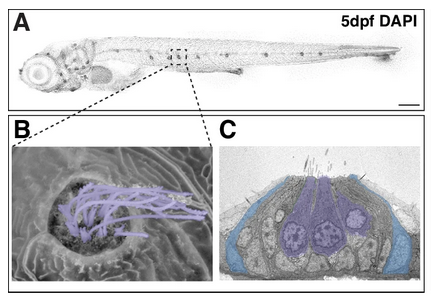Credit: @kellysikkema/Unsplash
January is officially here, and everyone at Hearing Health Foundation (HHF) wants to wish you a Happy New Year! We’ve been reflecting on everything your support has helped us accomplish in 2022 and are looking forward to a bright year ahead—busting common hearing loss myths, funding innovative hearing and balance research, and promoting hearing health to all.
If you’re interested in learning about creative ways you can set realistic goals and intentions for the year ahead, read on! There are so many ways that our supporters can promote hearing health in 2023—for themselves, those they love, and the nearly 50 million Americans affected by it.
Here’s how to get a healthy start to the New Year:
Learn how hearing loss works: Learn about hearing loss causes, treatment, and prevention on our website to support those impacted.
Subscribe to HHF’s news updates: Stay up-to-date on HHF’s groundbreaking hearing and balance research to protect yourself and those you love.
Create a plan for the future: Support yourself and the friends, family, and pets you love while building a legacy that supports science, prevents hearing loss, and searches for a cure—no matter where you are on your life’s journey.
We know that creating a healthier future starts with you, and we’re committed to providing accessible resources that you and your family can use.
We partnered with FreeWill, a free online resource that guides you through the process of writing a will for free in just 20 minutes. When creating your will, please consider making a planned gift to HHF and build a legacy that helps us fund innovative research to prevent and cure hearing loss for years to come. A generous, anonymous donor issued a matching challenge for all new planned gifts to HHF.
From all of us at HHF, we wish you a healthy, safe, and joyful New Year! Together, let’s commit to building a future where everyone can choose to enjoy life without hearing or balance conditions.








Two people have the same audiogram results but one can follow conversations at a loud party, while the other feels completely lost and overwhelmed. We set out to examine why.